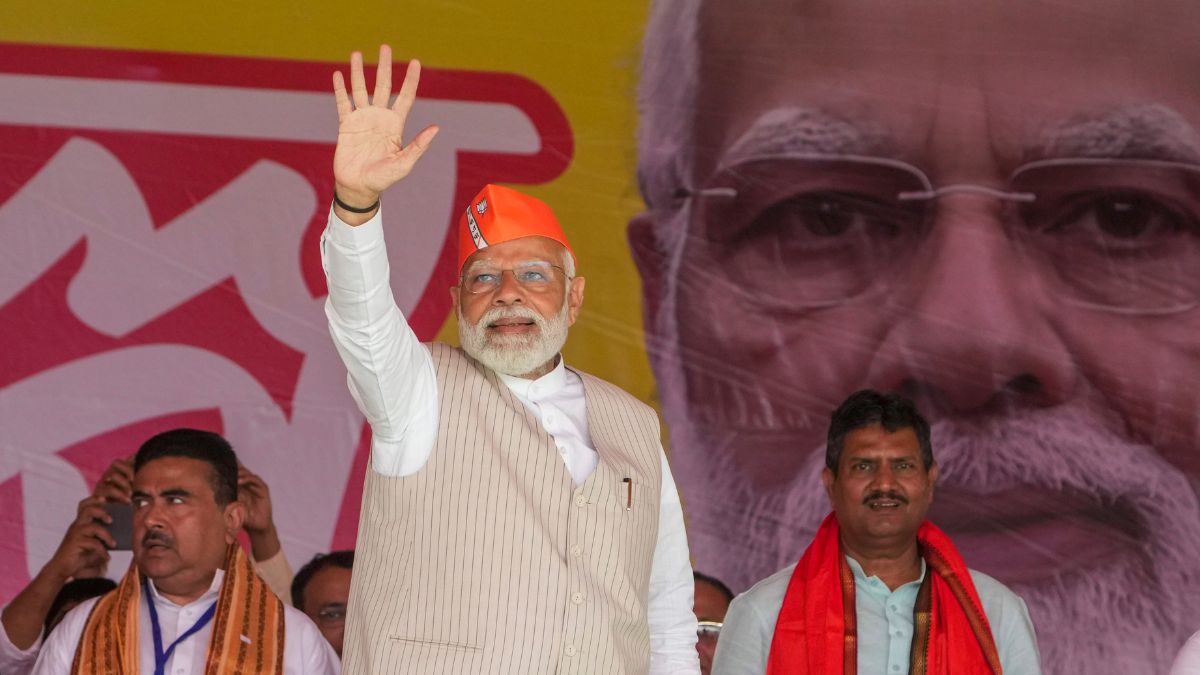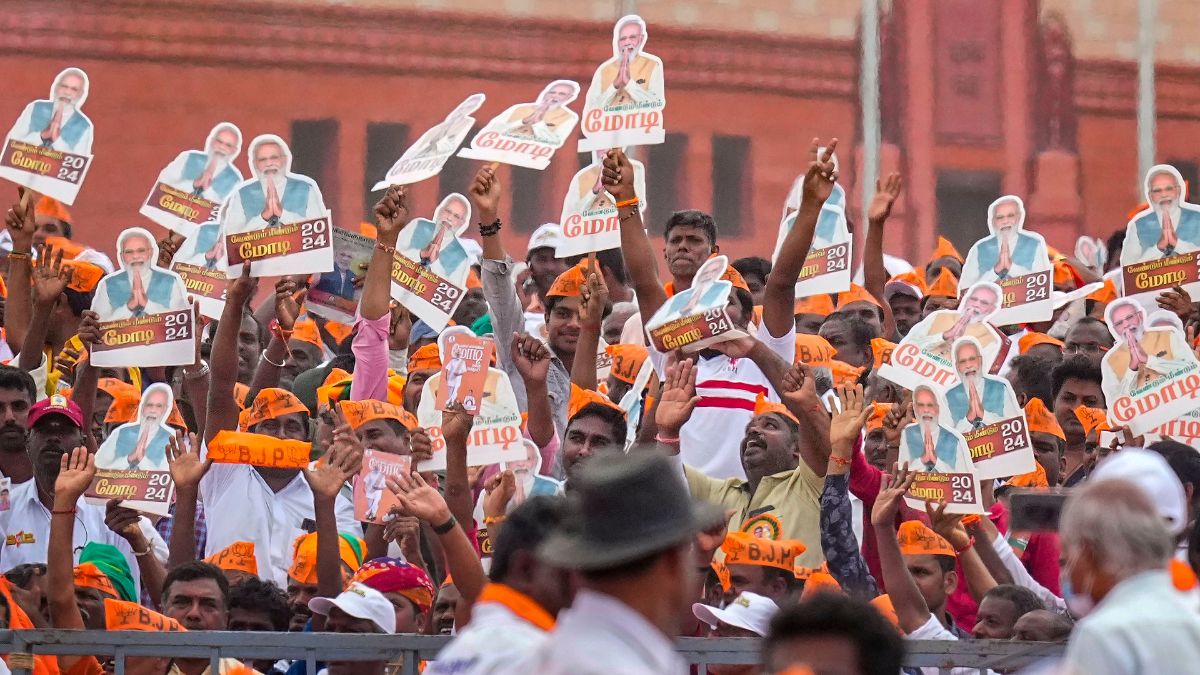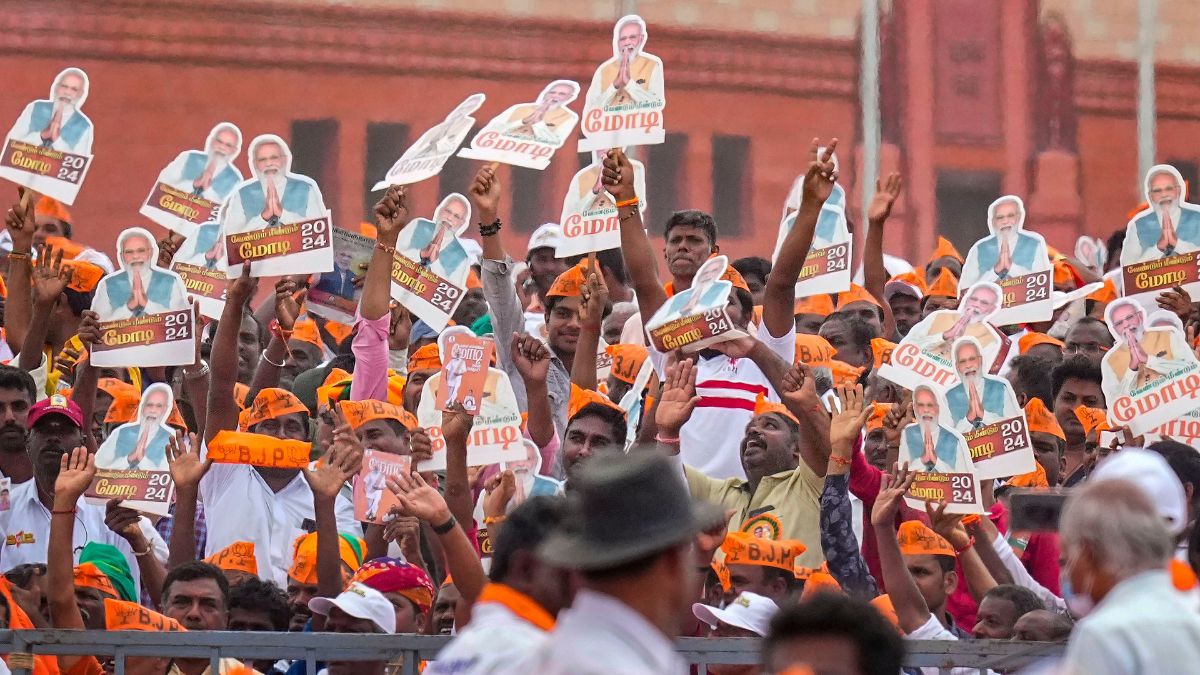Indian holy scriptures suggest a dip in the Ganga River on Makar Sankranti, which falls today, can cleanse believers of their biggest sins, including brahmhatya (brahminicide) and gauhatya (cow slaughter), and purify the soul.
But even the most devout follower can be forgiven that a dip in the Ganga could lead to atmahatya (suicide) today. Its water, holy and pristine once upon a time, has turned toxic; ingesting even small amount could be lethal.
A few years ago, Sankatmochan Foundation, a Varanasi-based NGO, assessed the quality of water around the popular ghats. Some of the samples had a fecal coliform count of 62,000 to 2.7 million per 100 ml. And a biochemical oxygen demand of 20-50mg per litre.
How dangerous is this? The permissible level of fecal count for bathing is just 500 per ml. And the oxygen demand (higher the pollution greater is the amount of oxygen required to clean it) should be less than 3 mg per litre.
Raj Kapoor was right; the Ganga has indeed become maili. Even Mandakini would have said no to bathing in it in a diaphanous sari because it would have been the equivalent of bathing in an open drain where thousands of people defecate and hundreds of industries release effluents.
Now, fancy drinking this water!
On Wednesday, the Centre promised the Supreme Court that it will clean up the river by 2018. It gave the assurance after the court asked the government if it intended to turn cleaning of the Ganga into an electoral issue in the next Lok Sabha election or complete the project before that.
The deadline set by the Centre is reassuring. But it looks like a pipe-dream, especially when the government is yet to give details of how it plans to carry out this ‘Bhagirathesque’ project.
From mythological kings, sages and politicians the Ganga has always been difficult for Indians. According to Valmiki, Bhagirath had to pray to Brahma for several years to release the river from his karmandal and then seek Shiva’s help to contain the damage from its fall on earth. Later, King Shantanu paid a heavy price for stopping Ganga, whom he had married, from immersing their eighth child into the river. When stopped, Ganga left him and their son Devvrat (Bhishma).
When Rajiv Gandhi came to power, he announced a Ganga Action Plan to clean the river. Over the next few years, after spending nearly Rs 5 billion, the GAP was abandoned. In 2009, Manmohan Singh launched Mission Clean Ganga to ensure that by 2020 no untreated municipal sewage or industrial runoff enters the 1,560-mile river.
A World Bank spokesman described the plan, saying, “Earlier efforts to clean the Ganga concentrated on a few highly polluting towns and centers and addressed ’end-of-the-pipe’ wastewater treatment there; Mission Clean Ganga builds on lessons from the past, and will look at the entire Gangetic basin while planning and prioritising investment instead of the earlier town-centric approach.”
And in July 2014, Prime Minister Narendra Modi, whose symbolic gesture of contesting from Varanasi drew lot of attention to the plight of the holy river, launched the Namami Ganga project, promising to restore Ganga’s glory in three years. His government allocated nearly Rs 2000 crore for the project. But there has been no progress, a fact that roused the Apex Court’s ire.
Environmental experts point out that while addressing the pollution of the Ganges is important; focusing on pollutants alone is not the best approach.
“The decrease in water flow in the Ganges has reduced its capacity to purify or dilute its pollutants,” says Brahma Dutt Tripathi, professor of environmental engineering at the Banaras Hindu University and an expert member of the National Ganges River Basin Authority (NGRBA).
Hence attention must be paid to increasing the water flow in the Ganges, he says. This can be done by de-siltation, removing all mid-stream constructions, and halting construction activity along the river’s banks.
Instead of solving the problem, the Modi government may be adding to the river’s woes. One of the major solutions to the problem of pollutants in the Ganga is to increase its flow by removing impediments. But the government, according to the Hindu , is working on a scheme to further restrict the flow.
The Modi government has planned 16 new dams across a 1,600-km long stretch of the river between Varanasi and Hooghly. Experts fear the proposed dams would convert the Ganges into 16 huge ponds and destroy it forever.
The Ganga runs from the Himalayas, enters the plains at Rishikesh and finally merges into the Bay of Bengal. More than a billion people live in areas close to the river; thousands of industries operate near its banks.
According to the Down to Earth magazine, domestic sewage leads to maximum amount of contamination; around 2,700 million liters a day of sewage is produced by 50 cities located along the river, accounting for 85 percent of its pollution. Thousands of dead bodies, of humans and animals, are thrown into it every month.
For decades politicians, NGOs and policy planners have struggled to sort out these problems. But the pollution has multiplied; only huge funds have disappeared.
According to Indian mythology, Ganga is patita pavani—liberator of the sinner. Unfortunately, the river is now waiting for somebody to liberate her.
Will Modi save her, or, it will disappear like the other sacred river—Saraswati? We will know in 2018.


)




)
)
)
)
)
)
)
)